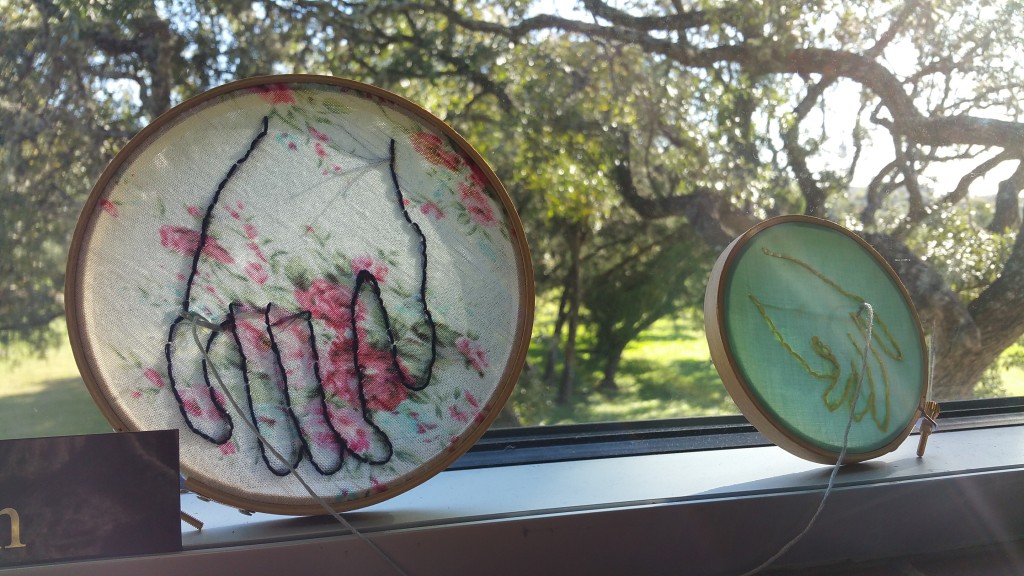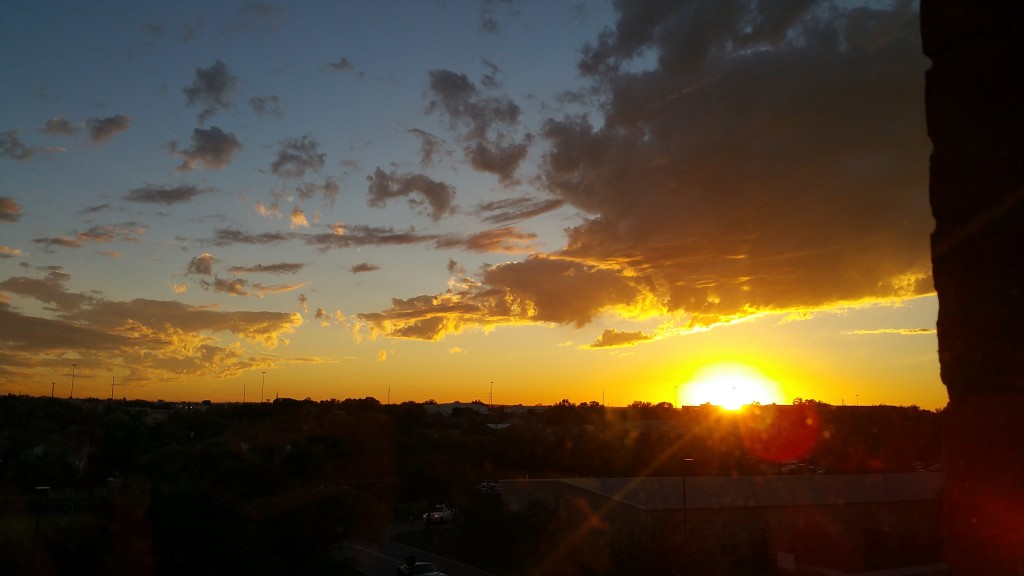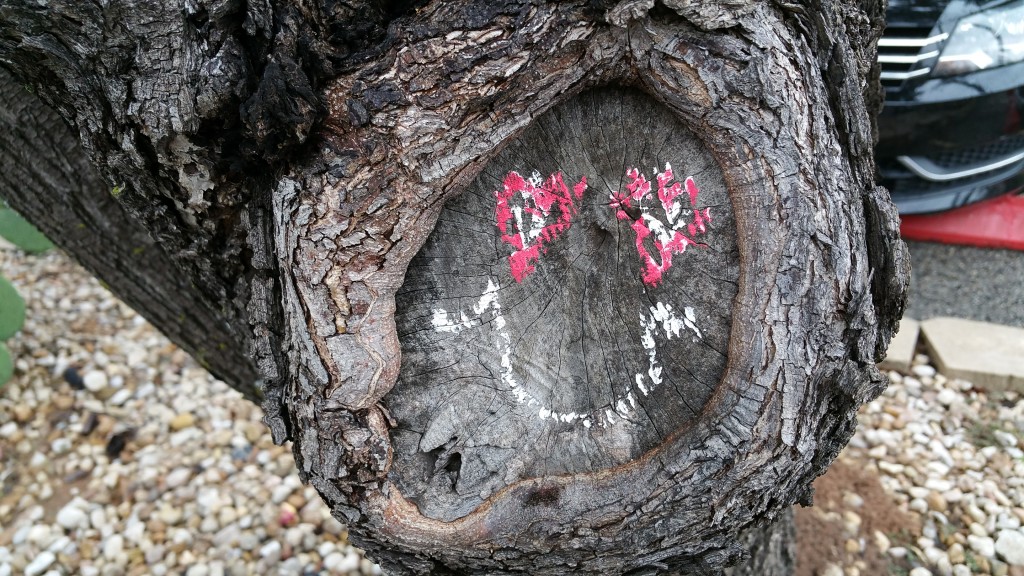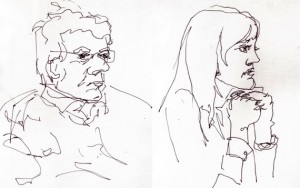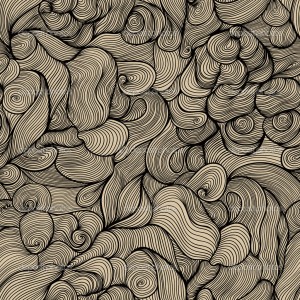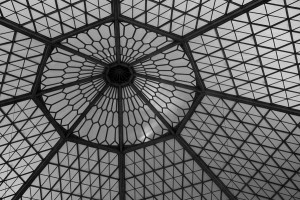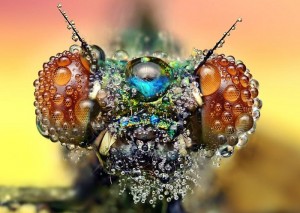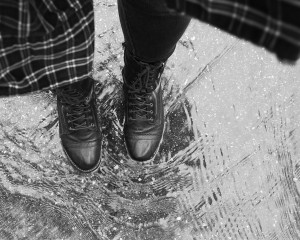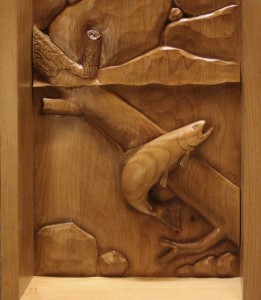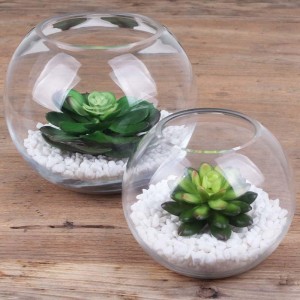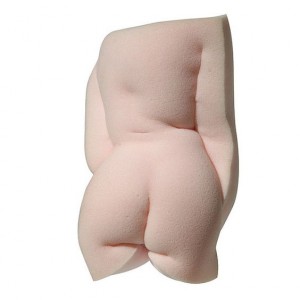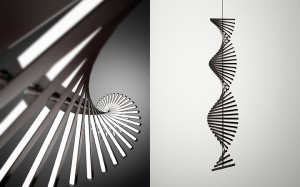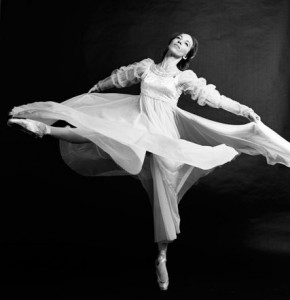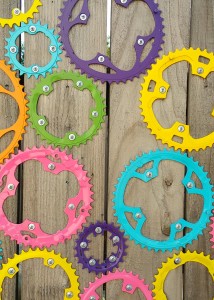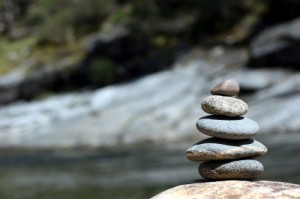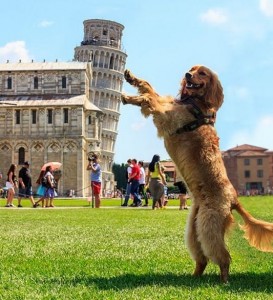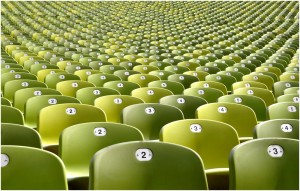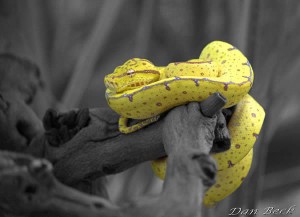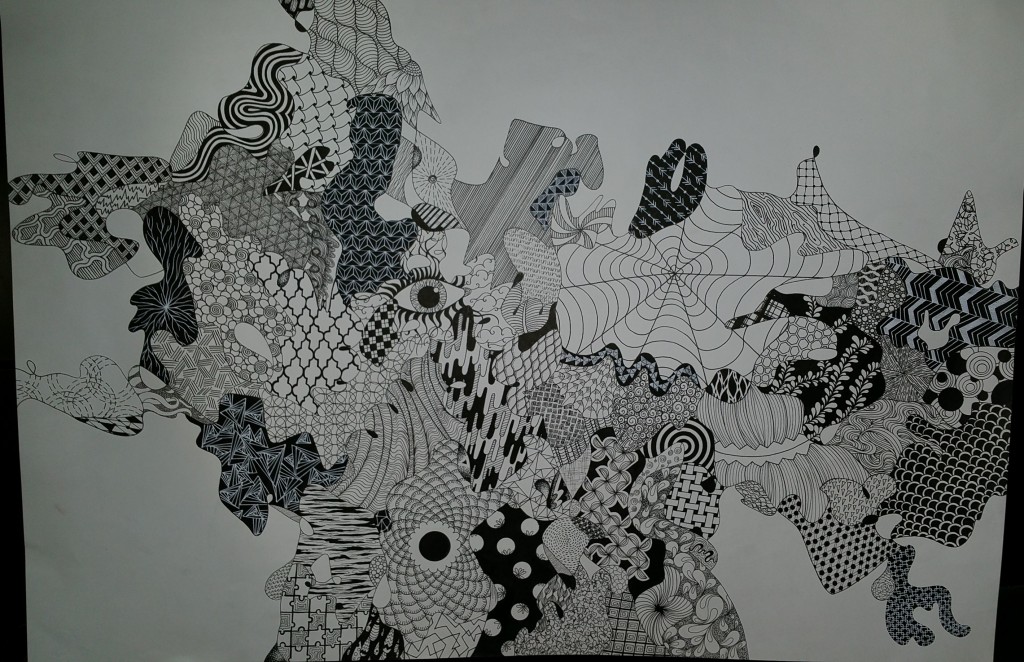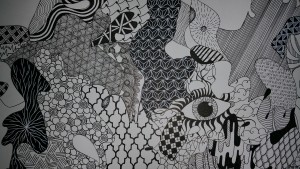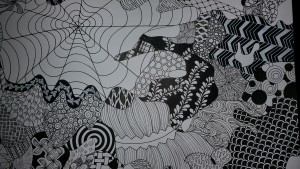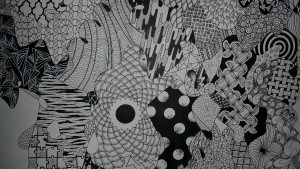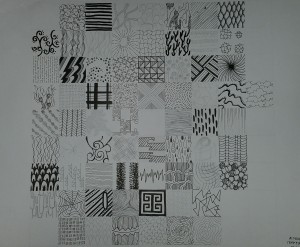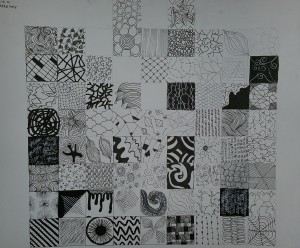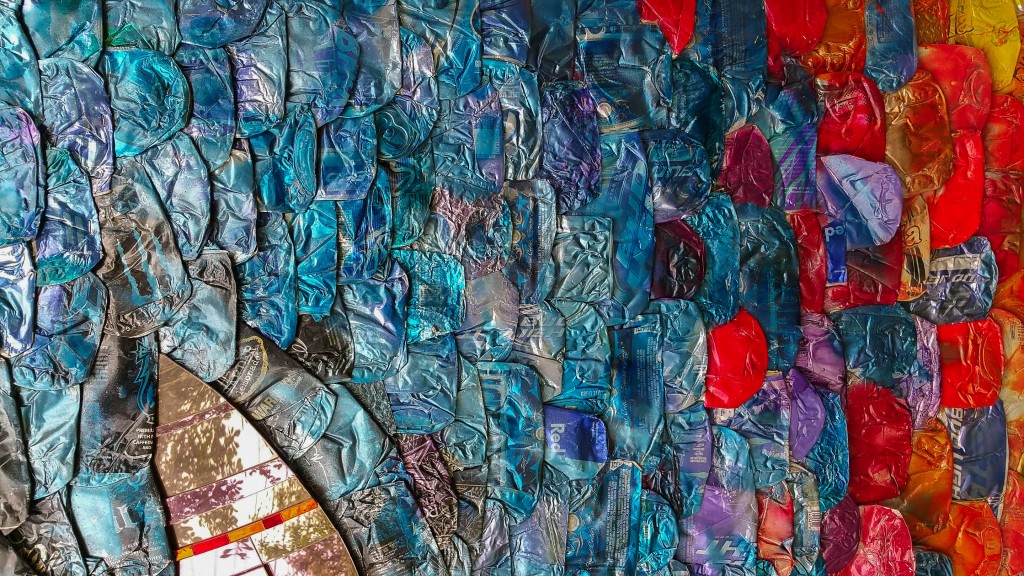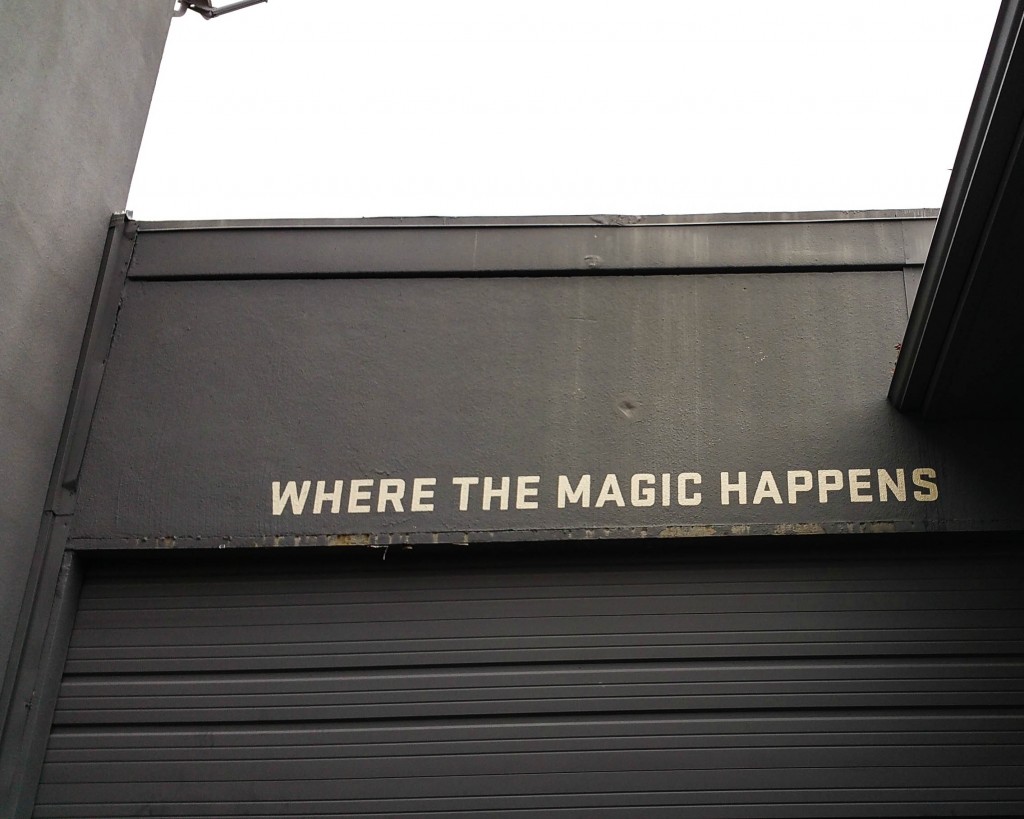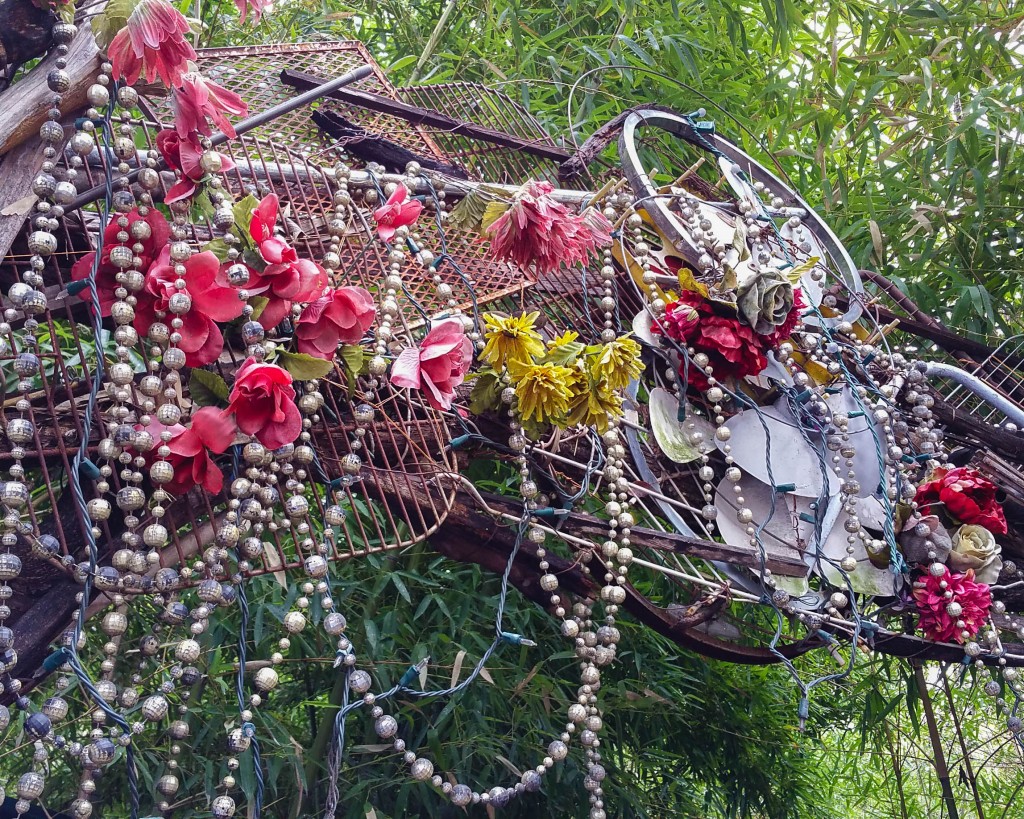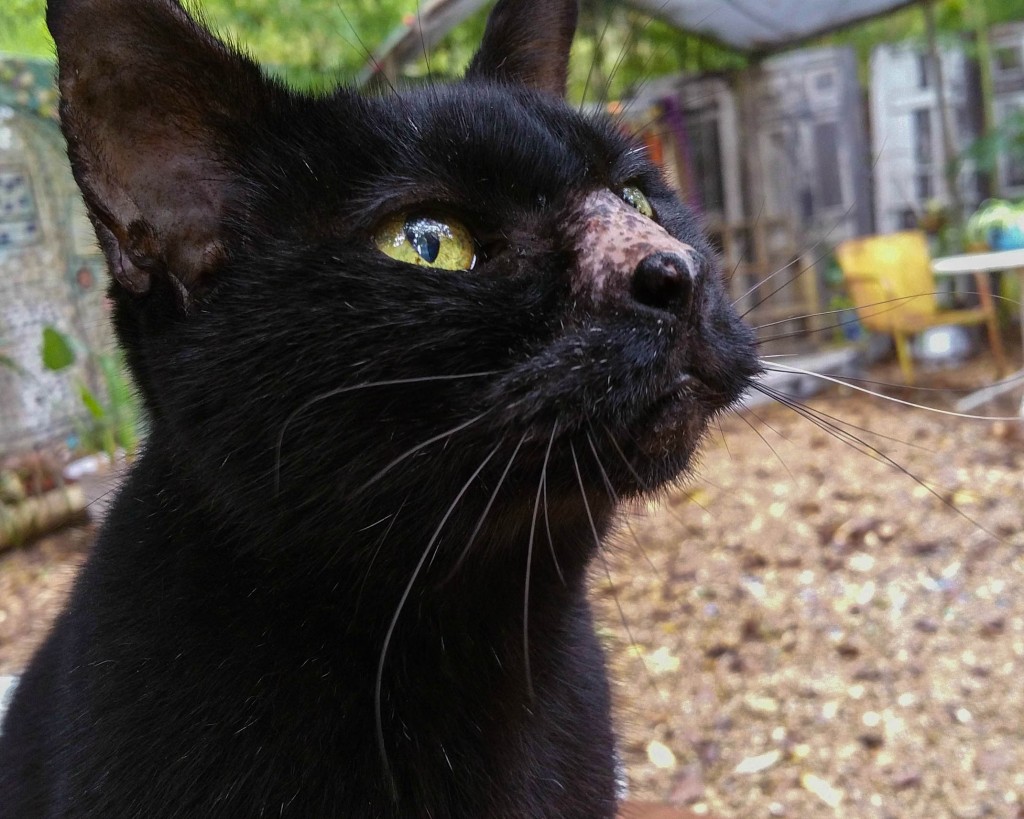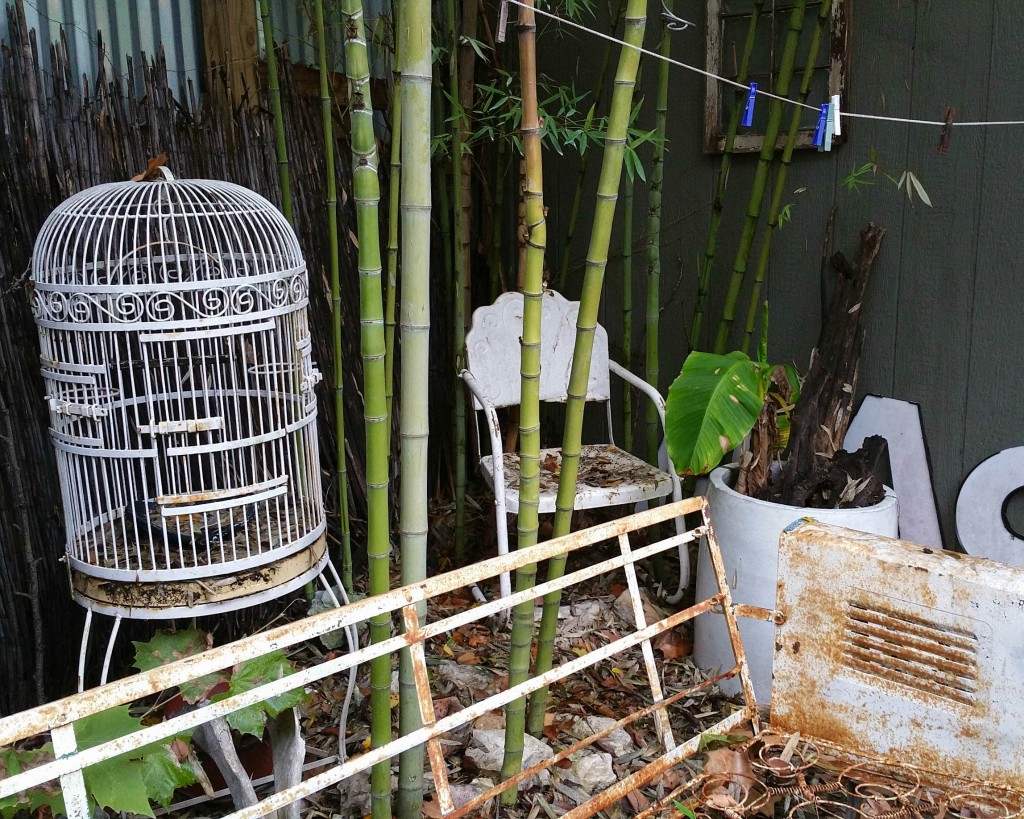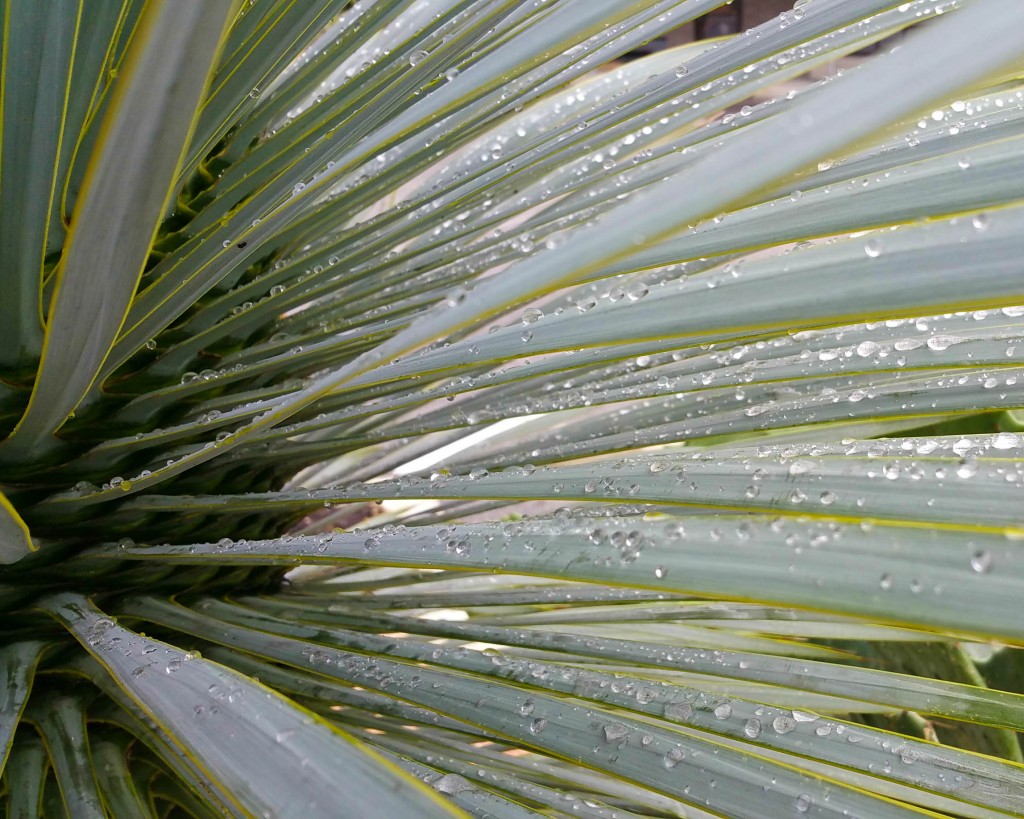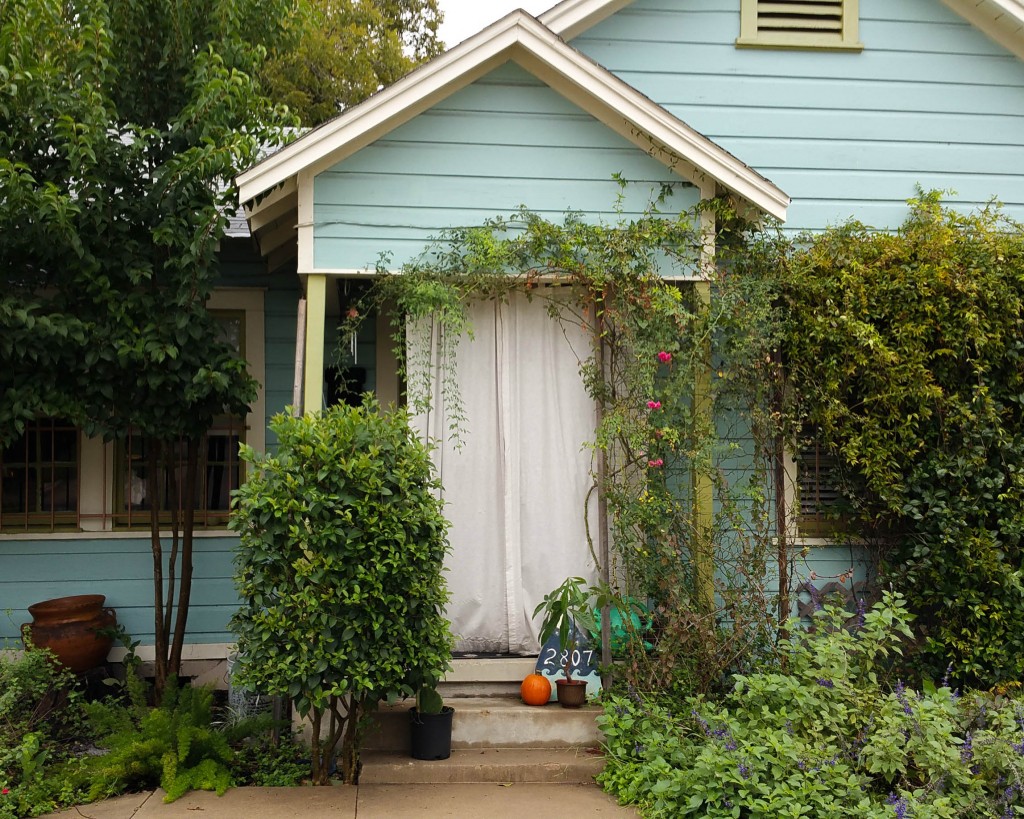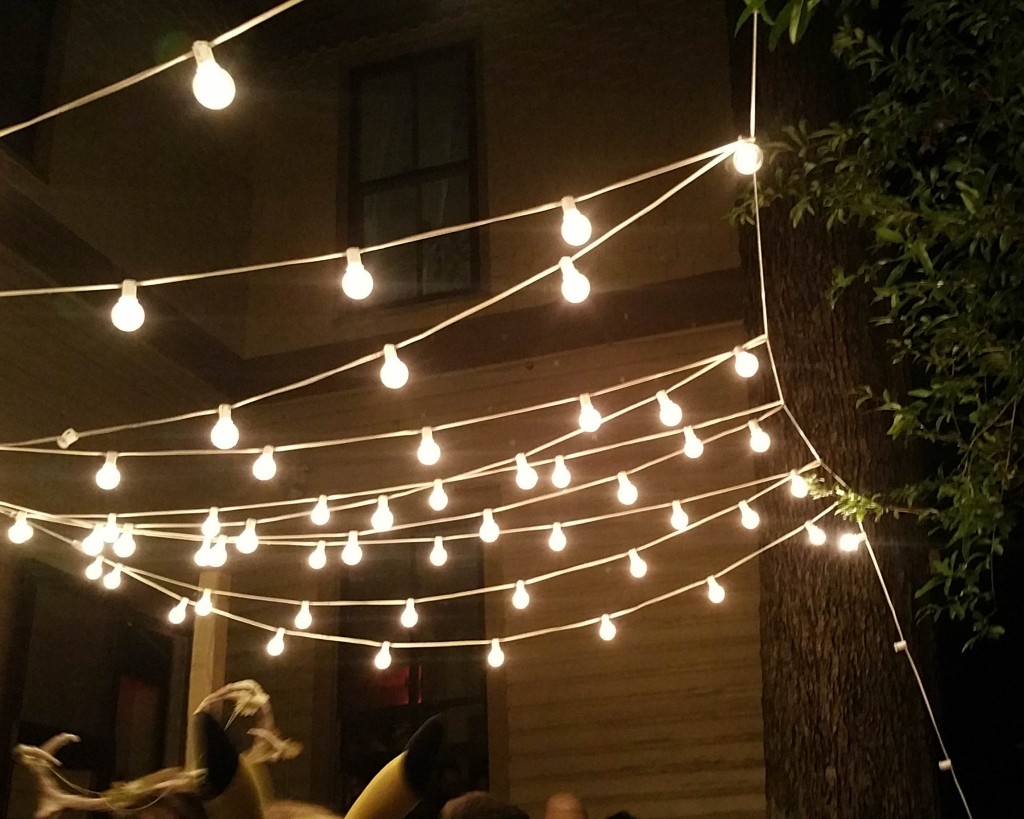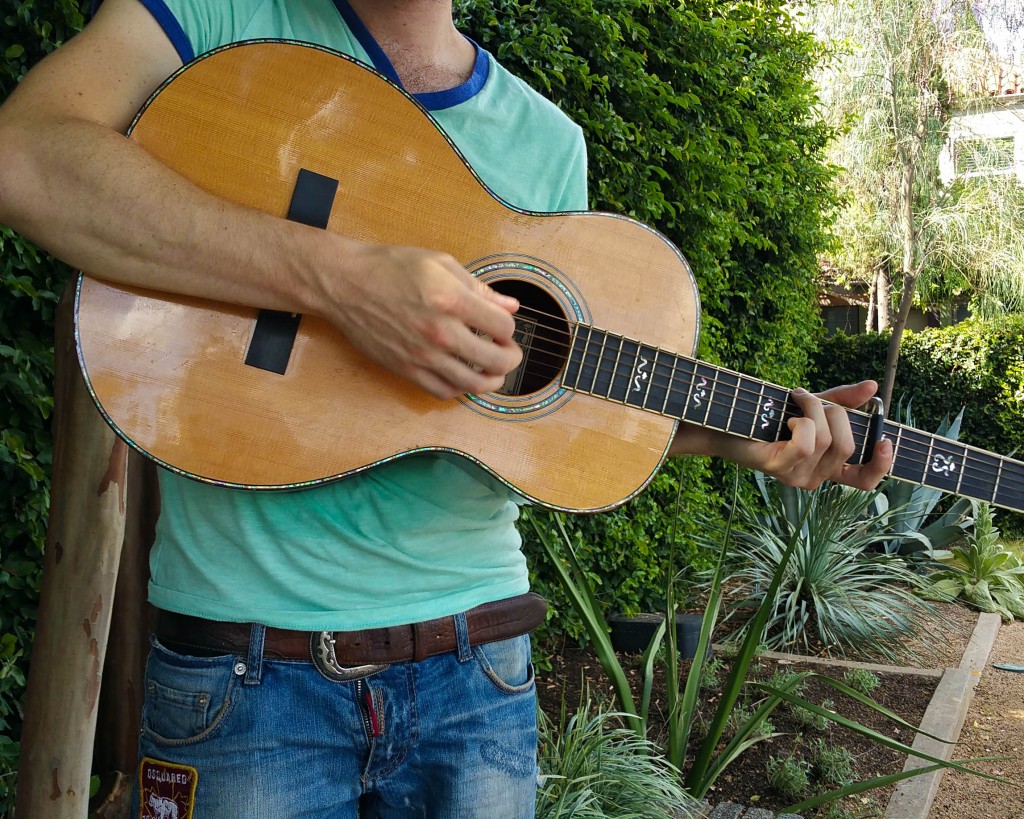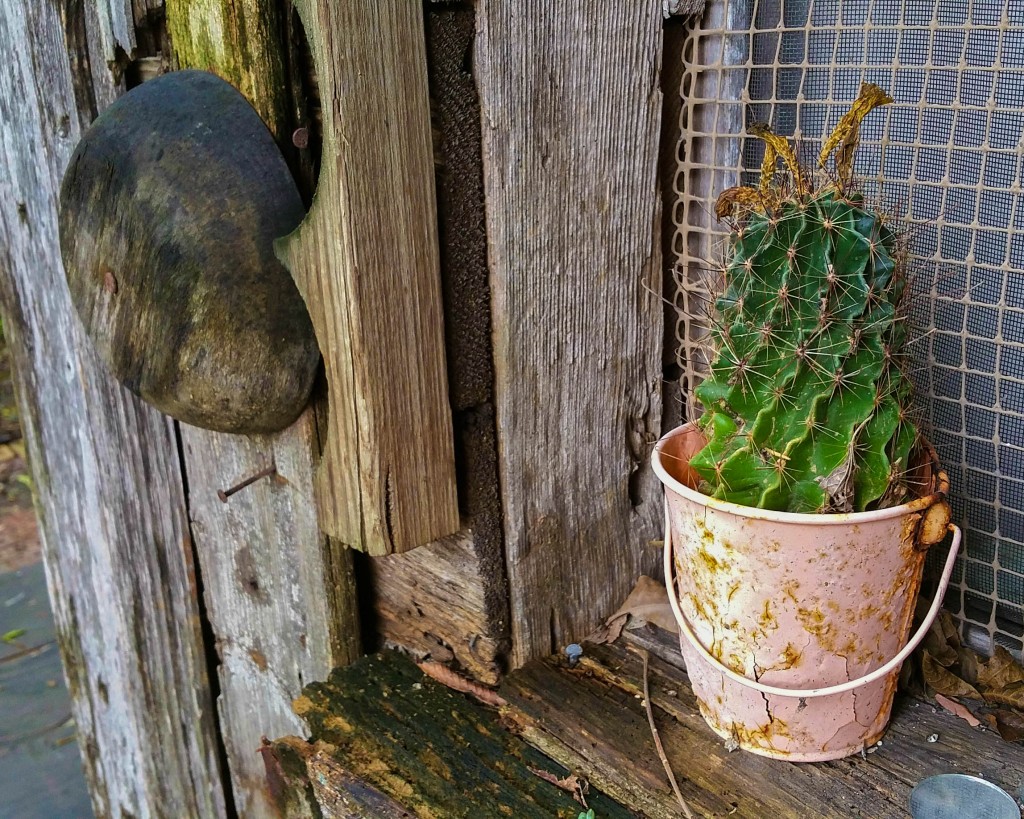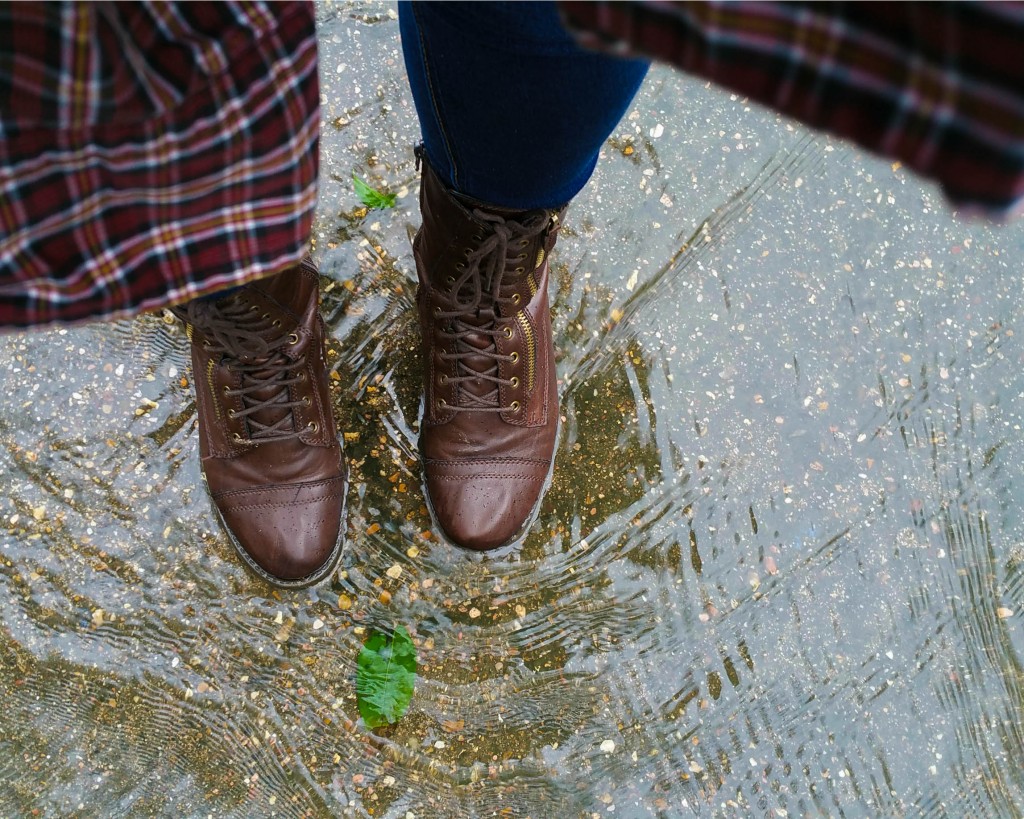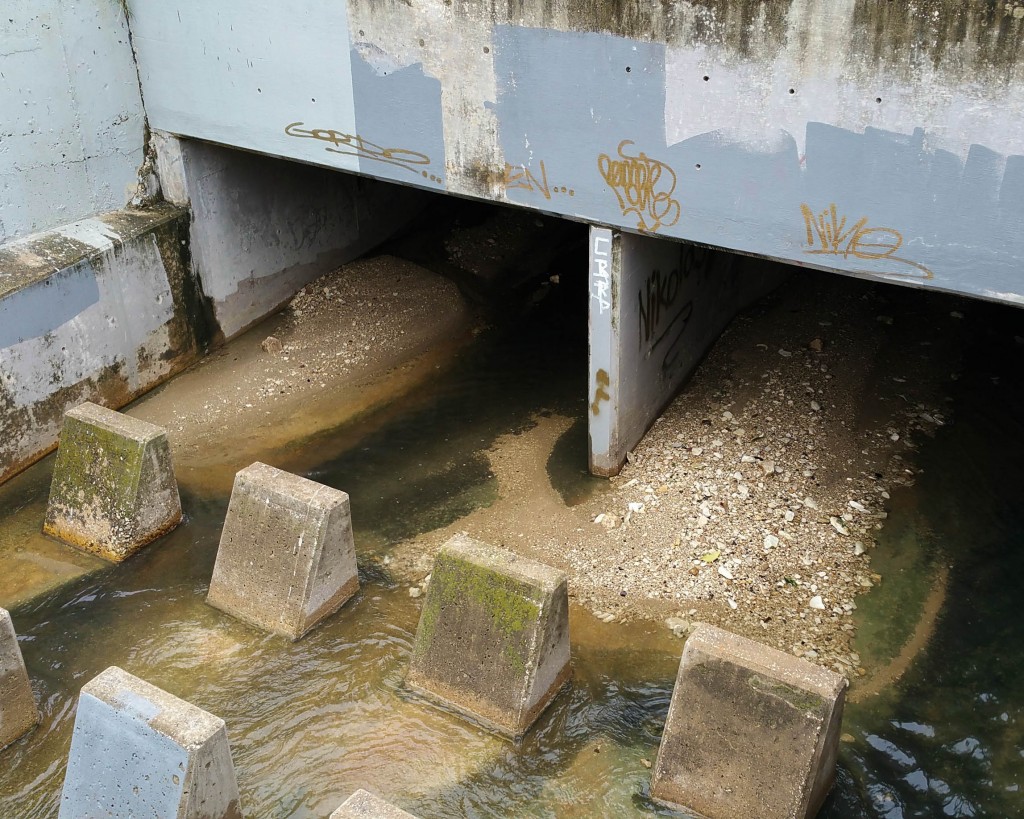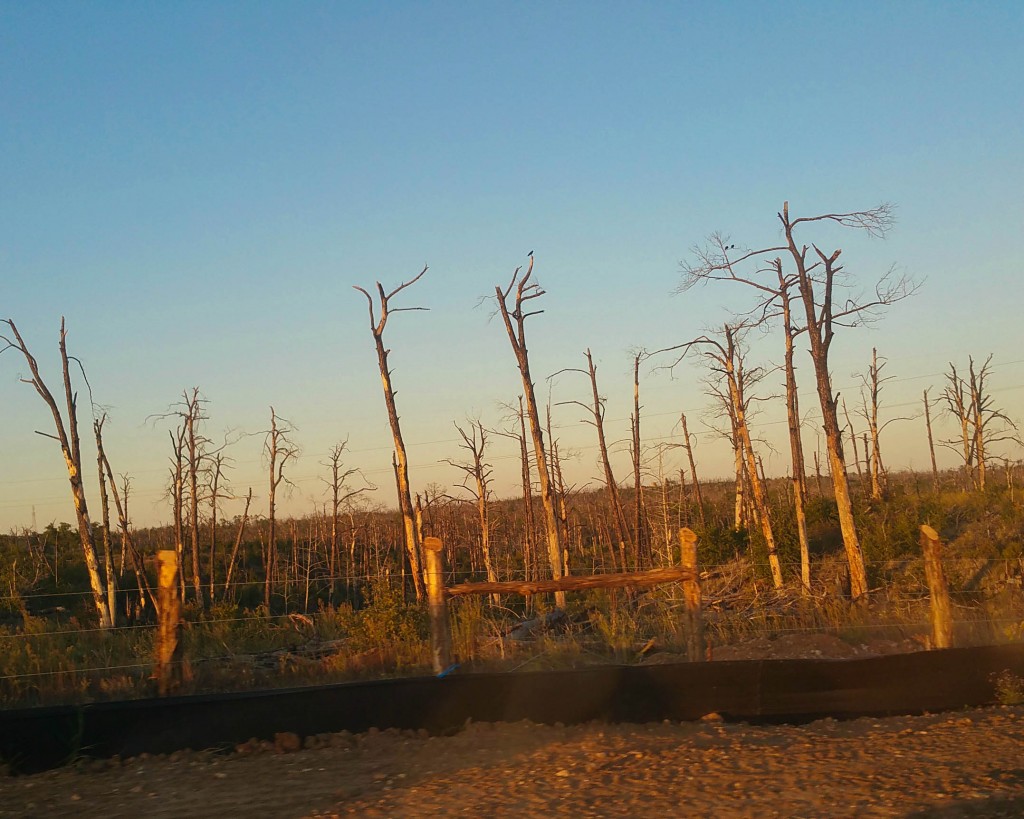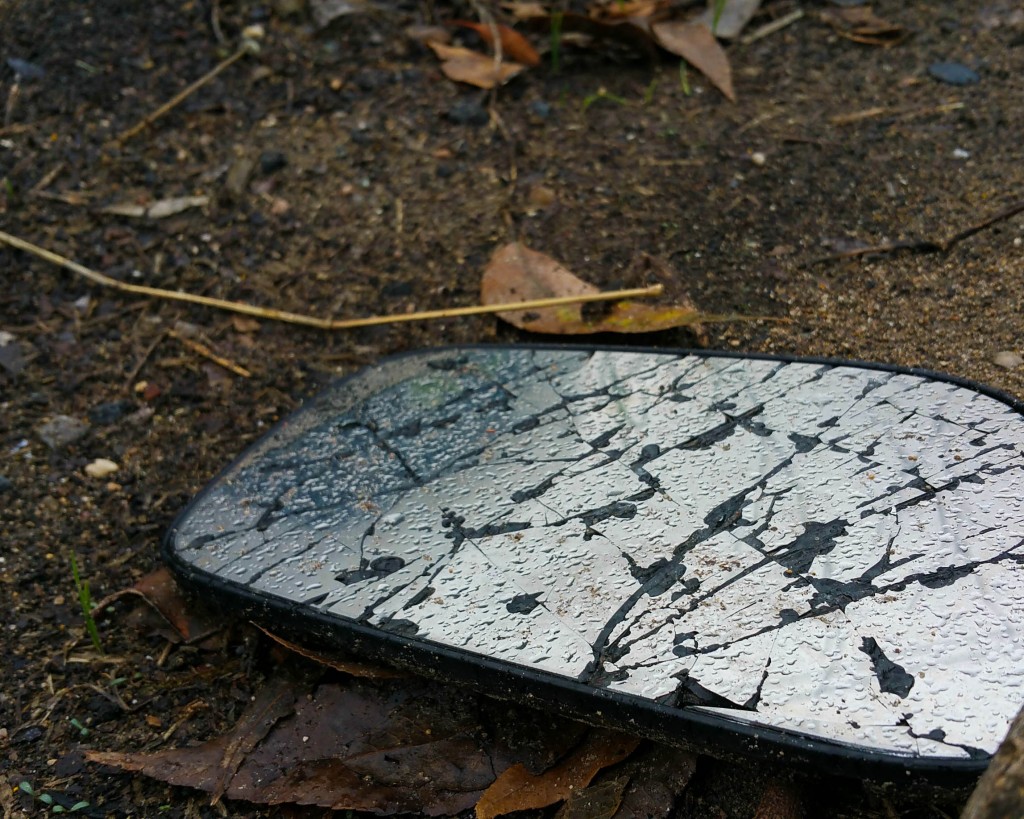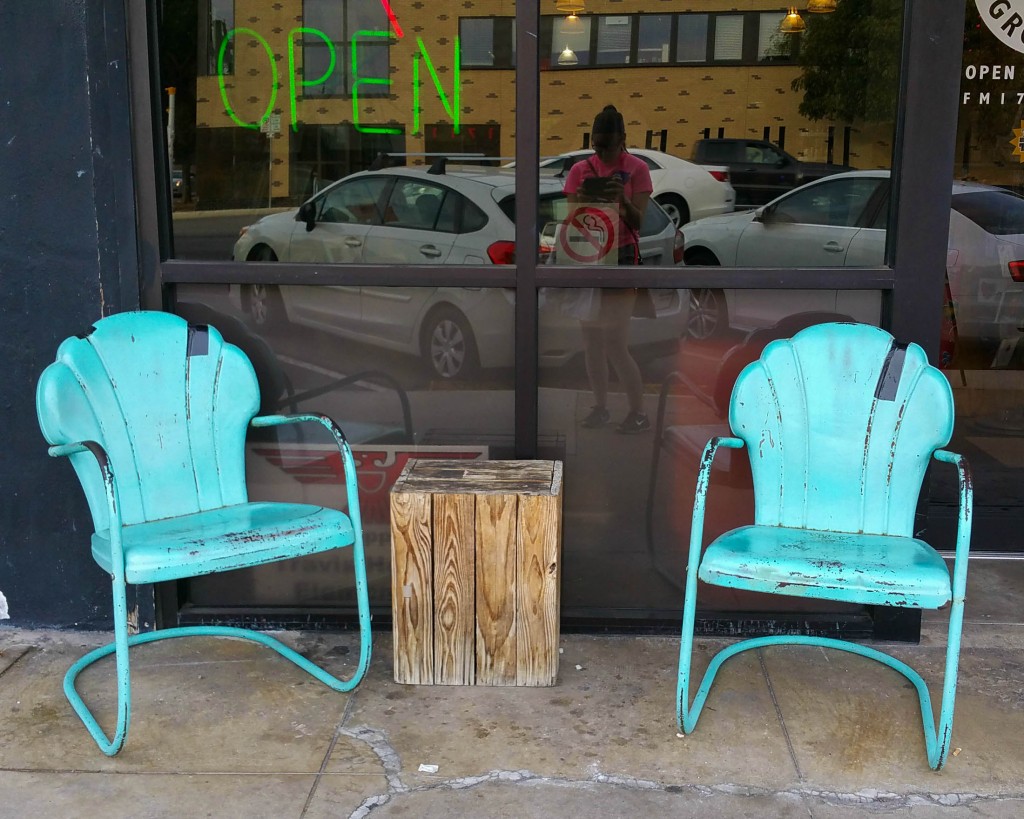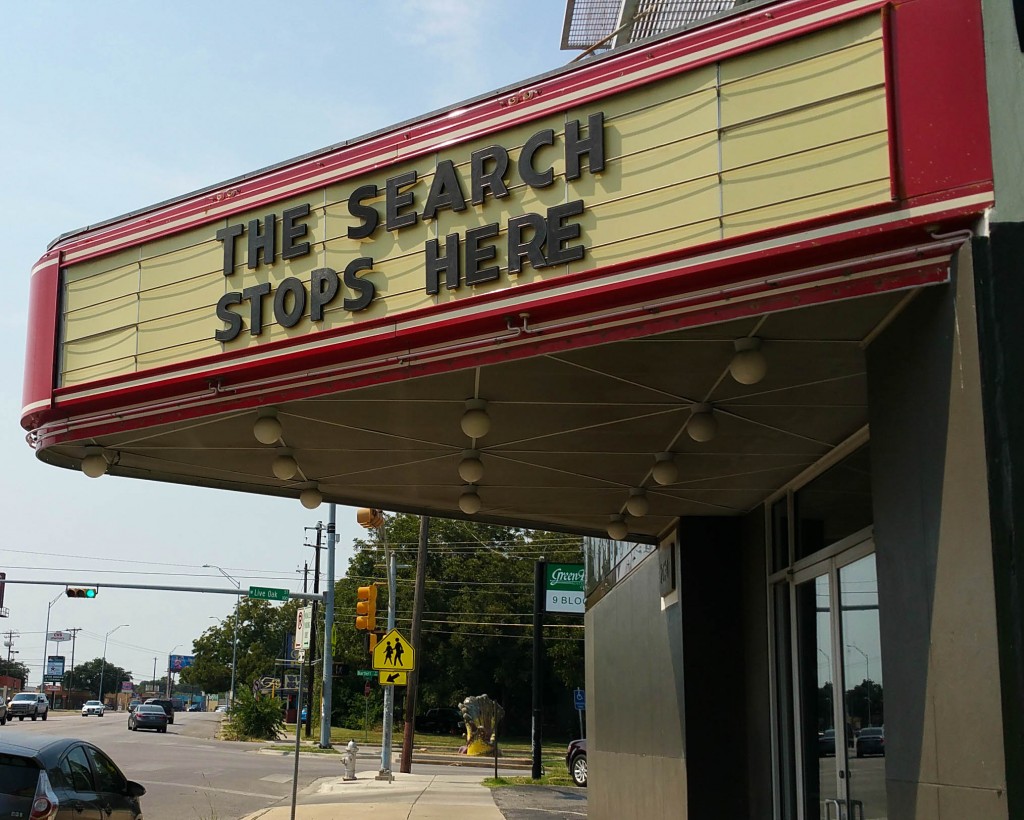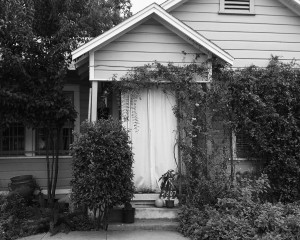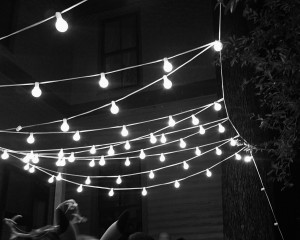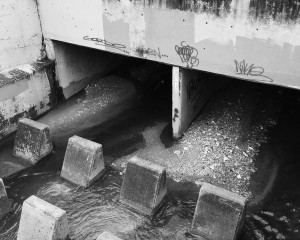Use of practice time:
A) I exceeding my projected times by sacrificing MGSV and my PS4.
I feel the same way about going out and taking pictures as I feel about going to church: I don’t want to get out of bed, but afterwards I’m always glad that I went. In the end I really enjoyed going out and taking pictures for the different projects, as well as for practice and leisure. After the first few times venturing out into Austin, I felt much more comfortable and willing to explore deeper into the city’s nooks and crannies. Now whenever I go out I have a little voice in the back of my head that says, “Ooh, stop and take a picture of that!” which makes me actively look for interesting viewpoints and objects. When I was still taking painting classes I would see the sky, for example, and imagine what I would have to do with paint to recreate it on canvas. Now when I see the sky I imagine how I would capture it in a photograph. It’s been a very interesting transition for me, but I think that all the practice time has sort of trained me to look for interesting photographs.
How I dealt with feedback:
B) I heard what the Instructors and students were saying and acted.
It has always been difficult for me to take constructive criticism and not be hurt by it. I frequently find myself putting so much of myself into my artwork that it almost feels like a slight against me when someone doesn’t like it. Being in this class, however, has helped me get used to feedback and not react so negatively whenever someone offers criticism. The way Tuan and Bill go about critiques is very low-stress, and the environment is more scholarly and geared toward improvement. I still get sweaty palms and feel my face heat up, but now I’m almost looking forward to what people say about my work. Not only that, but it makes me feel validated by my peers to receive positive feedback. I was known as the art geek in middle and high school, but coming here has made me realize I’m not a special little snowflake anymore. Receiving positive critiques, like with my book during the final critique, makes me feel like I really do belong here with all of these other incredibly talented artists. I need to improve my feedback regarding others, though, because I’m usually pretty silent when it comes to others I think that as I become more comfortable in this environment I will be able to more aptly critique and give feedback to others. It just takes time.
Level of love in your work:
A) I’m in this for the long haul.
I’ve loved art ever since I could pick up a crayon in my chubby toddler hand. I’ve taken art classes all throughout my schooling, created things on my own, and will continue to do so through college and beyond. This class has made me remember that even though art can be frustrating and tedious, I still love every second of it. I’m proud of what I have accomplished in this course, and it helped me realize my love of photography all over again. Even when I was unsure about how others would receive my art (especially in the beginning of the semester), I still loved it. Each project has been like a mile-marker for me, and I couldn’t be happier.
Your inventory of expert experiences:
B) Did a couple of things not required. I’m kinda feelin’ it.
I didn’t go to as many outside-of-class things that I wanted to, but I went when I could. Next semester I’m definitely going to push myself to go to more, because the few outside things I did, I really liked. For example, I went to four of Jen Hassin’s workshops, where we did things from cutting prison uniforms to pulping them to laying them into sheets of paper, then finally to rolling them into small spirals. It was amazing being able to work with her. I also have a Pinterest board that I use as art inspiration, so I go on there several times a week to get inspired for outside projects. Like I said, I didn’t go all out with my expert experiences, but I definitely tried to at least stick my foot in the door.
Overall:
I think that I have grown quite a bit as both a student and artist, and this course has played a fairly large role in that. I’m more confident in my artwork and can actively think through what works and what doesn’t. I’ve also learned a whole host of skills like Photoshop manipulations, Lightroom edits, InDesign bookmaking, and Gestalt theory. I’m happy to have taken this class, and I can’t wait to see what the rest of my time here has in store. Thank you so much for everything, Tuan and Bill!

